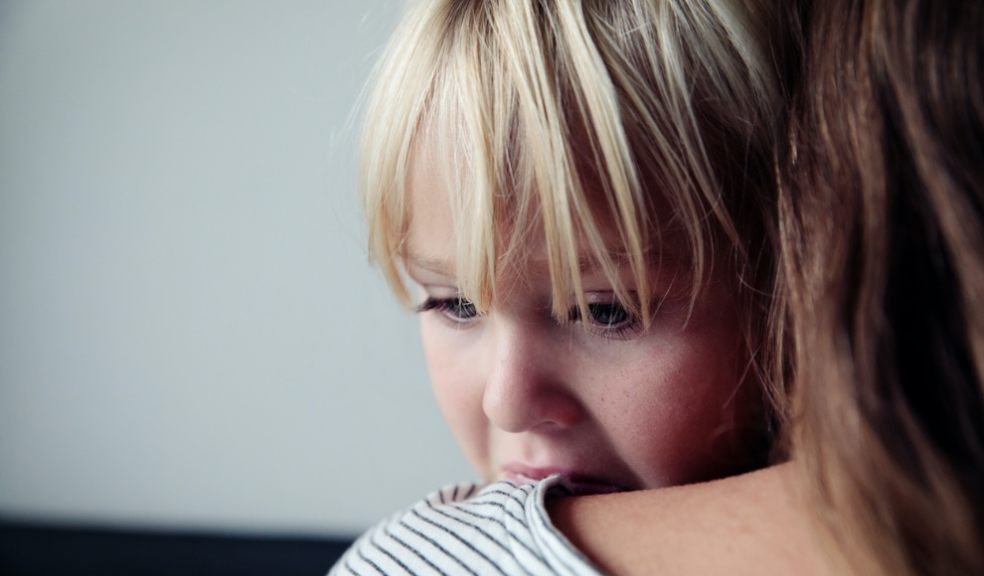
World Mental Health Week: 10 tips to improve your child’s wellbeing in a time of crisis
The theme of this year’s Mental Health Awareness Week [w/c 18 May] is kindness. At this time of upheaval where our worlds have been turned upside down, acts of kindness now are more important than ever. Here, former primary school teacher Catherine Lynch of leading education resources and lesson planning experts PlanBee has ten tips for parents to improve the mental health of their children
- Create a nurturing environment where everyone feels valued and safe
Even during lockdown, we need connection with others so that we feel valued and safe. While the need may be innate, the skill of developing and maintaining connections is learned. You can create this environment at home by working as a team, sharing responsibilities and making sure everyone’s efforts are appreciated. Think about ways your family is looking out for each other and remember that showing appreciation and keeping the lines of dialogue open consistently will help your children learn these skills.
- Adjust your expectations
We are in a very strange time. Adults and children alike have been affected by changes to their lives and as a result things we used to be able to cope with might feel like huge mountains to climb. We all have something called a window of tolerance. If your window is smaller than usual at the moment, go easy on yourself and take the pressure off. Allow yourself and your children to be less productive than normal, and give yourselves time to process what you are feeling.
- Allow everyone to have a voice
So much of our lives has been turned upside down. It is totally normal to want to feel in control and to hold on tightly to the things we can control. Whether your child breaks down over the ‘wrong’ colour socks or something else, see what practical choices you can give them to help them feel they have some control. Depending on their age, you might give them a few carefully selected choices to choose from or have an open discussion about the options available. If transitions are hard for your child, focus on what is happening when the current activity ends. Give them time warnings or a timer if they are old enough, and again where possible give them choices. For example, ‘When this TV show ends the TV is being turned off and you need to do some school work. Are you going to do it at the kitchen table, in your room or somewhere else?’.
- Be playful and have fun
Play fosters creativity, collaboration and problem solving, all of which are important for good mental health. Playing is a fantastic way to develop relationships and resilience. It also releases feel-good hormones. A great example of the power of play is the first few years of children’s lives when they learn so much without any formal teaching. Children often explore areas they are finding challenging through their play; role play are a great example of this.
- Create an atmosphere where all feelings are allowed
Name feelings and emotions as they arise. This gives children and adults the language to describe how they are feeling.
Set aside a calm time to talk about feelings, you could show your children Emoticon Emotions Cards or Photo Emotions Cards and ask them to pick one to explore. Talk about the physical sensations the emotion has for each of you. Talk about times you felt it or characters in books, films or TV shows experienced it. Discuss what happened before, during and after the emotion was felt. Is there a better way the character could have reacted? What led up to the crisis point?
Help children to give their feelings an appropriate outlet. Put boundaries in place around behaviours to keep everyone safe and develop strategies to help reinforce those boundaries. For example, you are allowed to feel happy, angry or sad, you are not allowed to break things or hit.
- Read stories together
Spend time together and lose yourselves in a good book. Act out stories and make up your own narratives. Use your imagination or add props. Let books take you where you cannot physically go.
- Keep some level of structure in the day
This does not mean you need to timetable every second of every day. Being in lockdown can make the days merge into one. Use activities or responsibilities to break up the time and bring some structure to it. For example, agree times that you will come together as a family. Agree a time that is for quiet activities, work, going outdoors. If your family is anything like mine you may find the daily structure seems to centre onfood.
- Take learning outside
Go on ‘I spy challenge walks’, find out how exercise changes their heart rate, have timed races, explore shadows, find mini-beasts, classify animals, identify plants and identify birds. The list is endless. These do not have to be structured planned activities, go outside and develop observational skills and see where the time takes you. Follow your child’s lead, see what they have questions about and research the answers together.
- Give your child a safe space they can go to
Being at home together all the time can be quite intense. Create a den or something similar for your child to play in, and retreat to when they want to be alone.
10. Make time for family time
Designate time each week when there are no screens and no distractions. Use this time to work on something together. This might be building a den, cooking, painting, crafting, going on a walk. It doesn’t matter what the activity is; the important thing is to spend some quality stress free time connected doing something together. Success has different guises, have a day where you forget about the end goal and the focus is on being together.
Catherine Lynch is a former primary school teacher who now works for leading education resources and lesson planning experts PlanBee.













